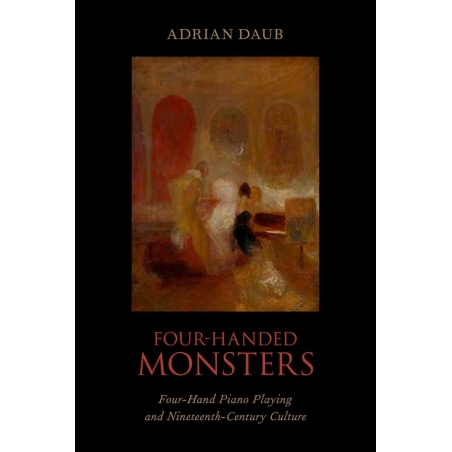This book surveys the cultural perception of four-hand piano playing in the nineteenth century. As the piano became a central institution of the bourgeois household and as piano transcriptions created a stable canon of classic works, four-hand playing became a ubiquitous and structurally important buttress of domestic life, provoking reflections in the literature, philosophy, journalism and the visual arts of the age.
CONTENTS
Acknowledgements
Introduction
Chapter 1: The Sonic Hearth and the Piano Plague
Chapter 2: Four-Hand Piano Playing between Parlor Music and the Culture Industry
Chapter 3: At Best an Intruder, at Worst a Voyeur: Four-Hand Piano Playing and the Family Unit
Chapter 4: Four-Handed Monsters
Chapter 5: The Semantics of the Hand
Chapter 6: Fordist Chords
Chapter 7: Musical Platonism: Four-Hand Playing Among the Philosophers
Chapter 8: Kakanian Variations-Four Hands and the Passing of the Nineteenth Century
Index




